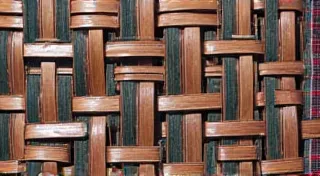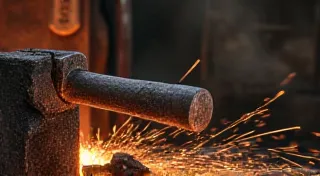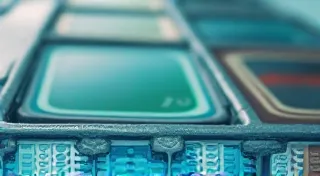The Filament’s Whisper: Balancing Gain and SWR in Beam Antenna Construction
There’s a peculiar beauty in the intersection of engineering and artistry, a resonance that echoes across disciplines. Consider the antique accordion – a marvel of mechanical ingenuity and a testament to human craftsmanship. Each reed, precisely cut and voiced, contributes to a rich, complex tone. Just as an accordion’s beauty lies in the harmonious interaction of its parts, so too does the performance of a beam antenna. It's a dance between design, execution, and the subtle whispers of radio frequency principles. We strive for gain, but not at the expense of stability, for a capricious antenna is as frustrating as a silent reed.
My own journey into ham radio began not with a pristine rig and a detailed schematic, but with a dusty box in my grandfather’s attic. Inside lay a collection of antique accordions, each with its own story etched into its worn leather and tarnished metal. He’s a restorer, of both musical instruments and old radios, and it was through him I learned to appreciate the meticulous detail that separates the ordinary from the extraordinary. He’s always emphasized that true restoration isn’t simply fixing what’s broken; it's understanding *why* it broke and preventing it from happening again. That same principle applies to antenna building. A hasty design, poorly executed, will lead to performance problems you’ll spend hours troubleshooting.
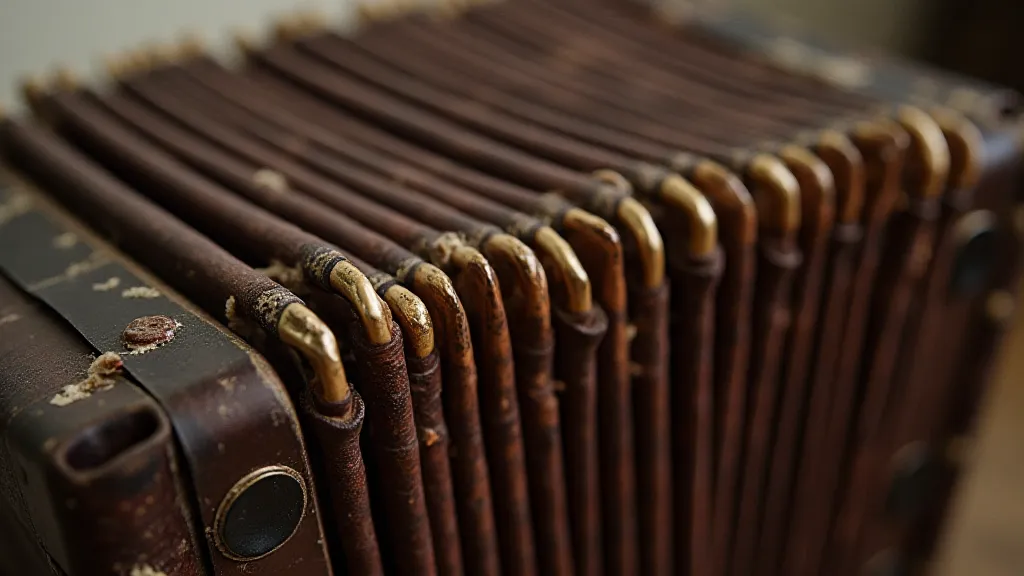
The Allure of the Beam: Why Directionality?
Why a beam, anyway? A simple dipole is wonderfully versatile, easy to build, and serves a crucial role. However, when you need to punch through the noise, to reach that distant station hiding just beyond the horizon, directionality becomes paramount. A beam antenna focuses the transmitted energy in a specific direction, effectively amplifying the signal in that direction while suppressing interference from others. This gain, however, comes at a price.
Gain, SWR, and the Delicate Balance
Gain isn't simply a matter of throwing more metal into the design. It's about carefully shaping the electromagnetic field. A well-designed beam achieves gain by creating constructive interference – the waves reinforcing each other in the desired direction. Conversely, poorly matched elements or incorrect phasing create destructive interference, reducing gain and creating nulls – areas where the signal is weak. And, crucially, mismatched impedance leads to high SWR (Standing Wave Ratio). High SWR means that a significant portion of the power is reflected back to the transmitter, potentially damaging it and reducing the signal reaching the intended recipient.
Basic Beam Designs: From Quad to Yagi
Let’s look at a few common beam designs. Quad antennas, with their four-sided radiating element, are known for their wide bandwidth, making them forgiving to variations in operating frequency. Yagi-Udas, the classic “Yagi,” offer impressive gain but are more sensitive to frequency, requiring precise element spacing. Log-periodic antennas offer broad bandwidth and relatively constant impedance over a wide range of frequencies, making them exceptionally versatile. Each design presents its own unique challenges and rewards.
The Importance of Spacing: A Matter of Millimeters
The spacing between elements in a Yagi, for example, is critical. Even a few millimeters of error can significantly alter the antenna's performance. This is where meticulous measurement and accurate construction become paramount. Remember my grandfather’s words: “precision isn't a luxury; it's a necessity.” When restoring an accordion, he’s found a slightly warped reed can destroy the tone. The same holds true for antenna construction – a fraction of an inch out of place can create havoc with the signal.
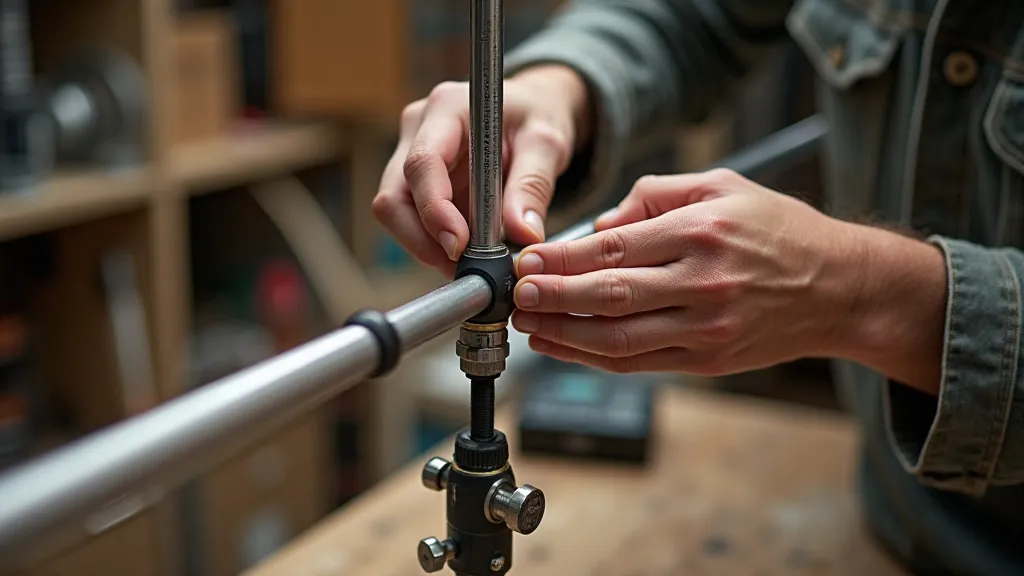
Practical Techniques for SWR Optimization
So, how do we achieve that delicate balance? It's a combination of careful design and practical techniques. Firstly, simulation software (like EZNEC or similar) is invaluable. These programs allow you to model the antenna's performance before you even cut the first piece of wire or metal. Experiment with different element lengths, spacing, and phasing to optimize gain and minimize SWR. Secondly, physical measurement and adjustment are essential. An antenna analyzer is your best friend here. It allows you to measure the SWR across a range of frequencies and identify areas where adjustments are needed. Small changes – shortening or lengthening an element by a few inches, adjusting the phasing – can make a significant difference. Don's method for finding the optimum phasing, using the antenna analyzer at the transmitter location, is incredibly helpful for fine tuning.
The Role of the Balun and Matching Networks
The connection between the coaxial cable and the antenna is also critical. A balun (balanced-to-unbalanced) converts the balanced feedline of the antenna to the unbalanced coaxial cable, preventing common-mode currents from flowing on the outside of the coax. These common-mode currents can radiate unwanted signals and distort the antenna pattern. Furthermore, a matching network – a combination of inductors and capacitors – can be used to transform the antenna’s impedance to match the impedance of the coaxial cable and the transmitter, minimizing SWR.
Beyond the Design: Construction Materials and Techniques
The materials you use also play a role. Galvanized steel or aluminum tubing is commonly used for the support structure, while copper wire or tubing is used for the radiating elements. The quality of these materials can affect the antenna's durability and performance. Secure connections are also key. Soldered connections are generally superior to crimped connections, as they provide a more reliable electrical contact. Just as the quality of the leather and reeds determines the longevity and tone of an accordion, the quality of construction materials influences the lifespan and performance of the antenna.
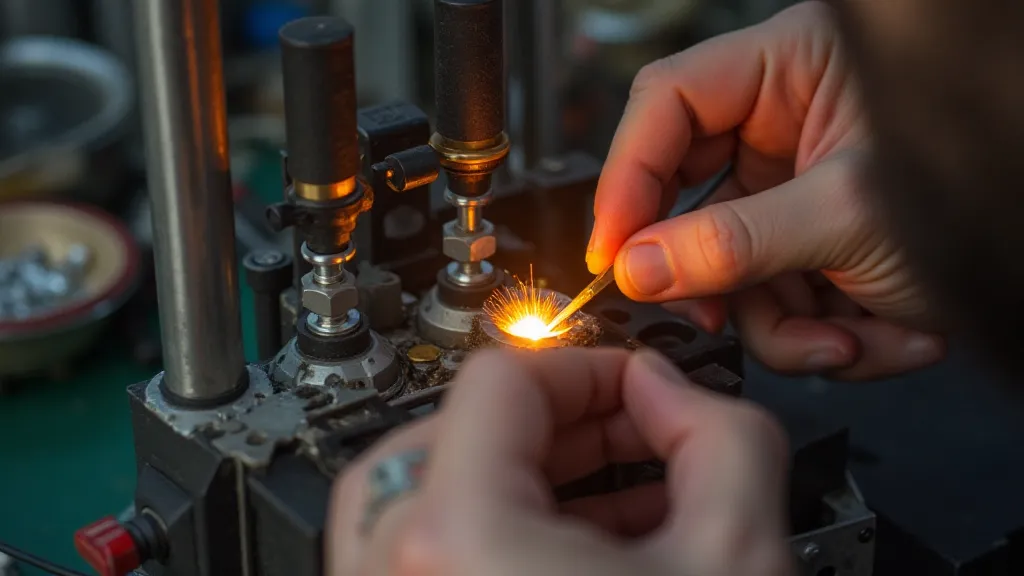
A Constant Pursuit of Perfection
Building a beam antenna isn’t just about following a set of instructions; it's about understanding the underlying principles and applying them creatively. It’s a process of constant refinement, a relentless pursuit of perfection. It requires patience, attention to detail, and a willingness to experiment. And just like the satisfaction of restoring a silent accordion to its former glory, the joy of building a high-performing antenna is immensely rewarding. It is a testament to the human ability to innovate, to create, and to connect – one carefully crafted element at a time. The filament’s whisper – the subtle interplay of design and execution – is what truly brings the signal to life.

